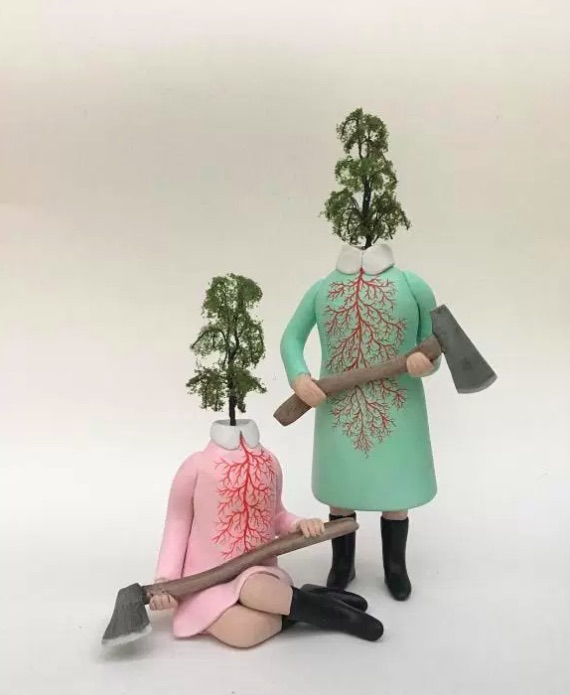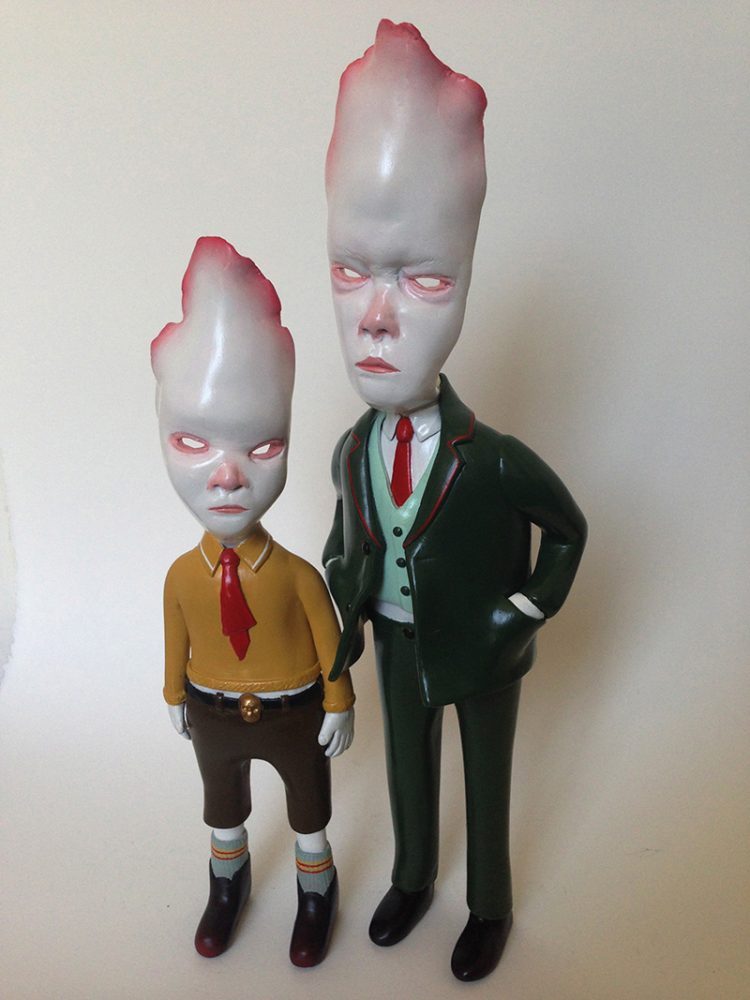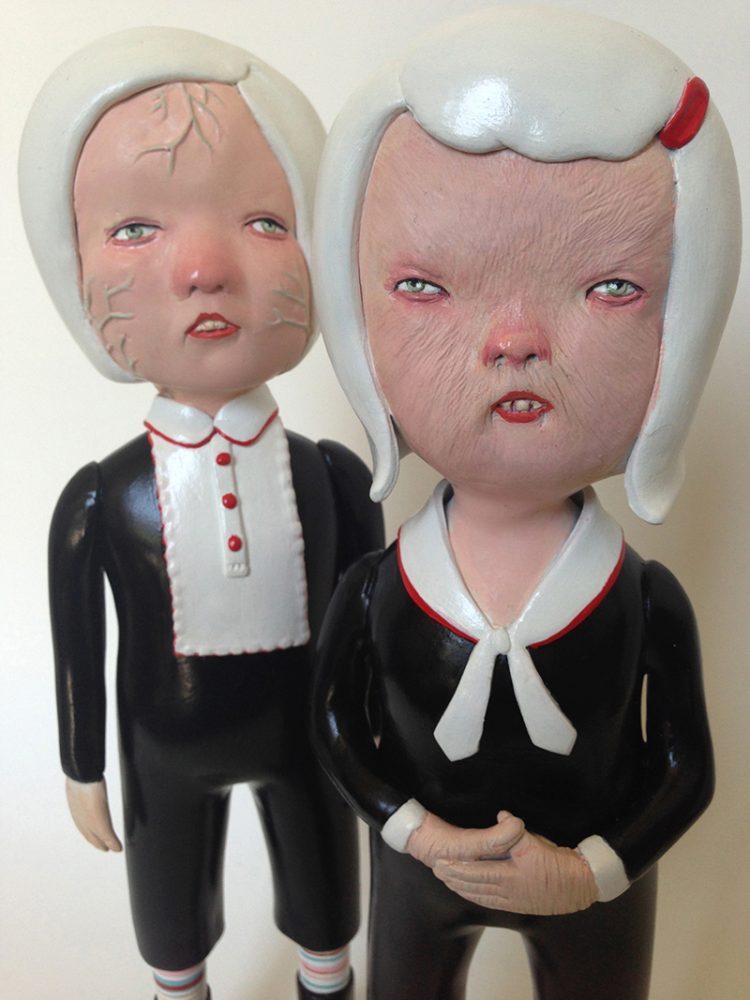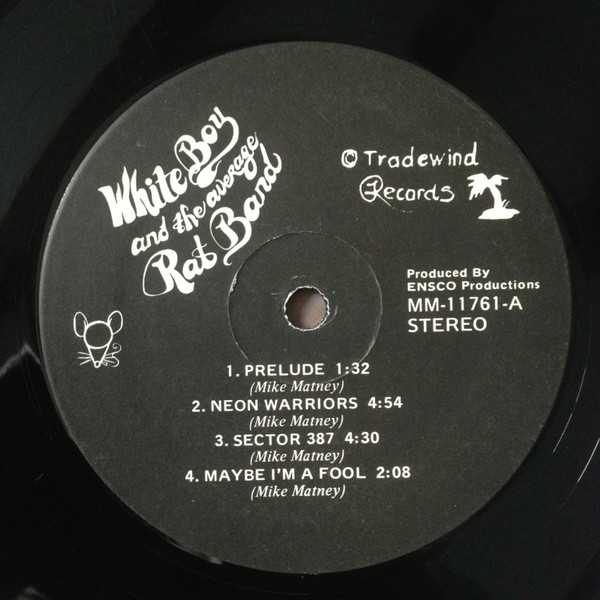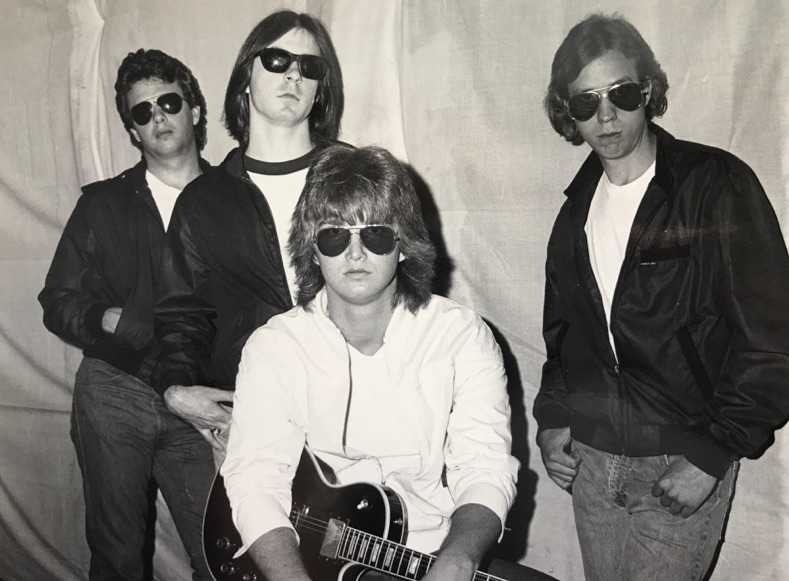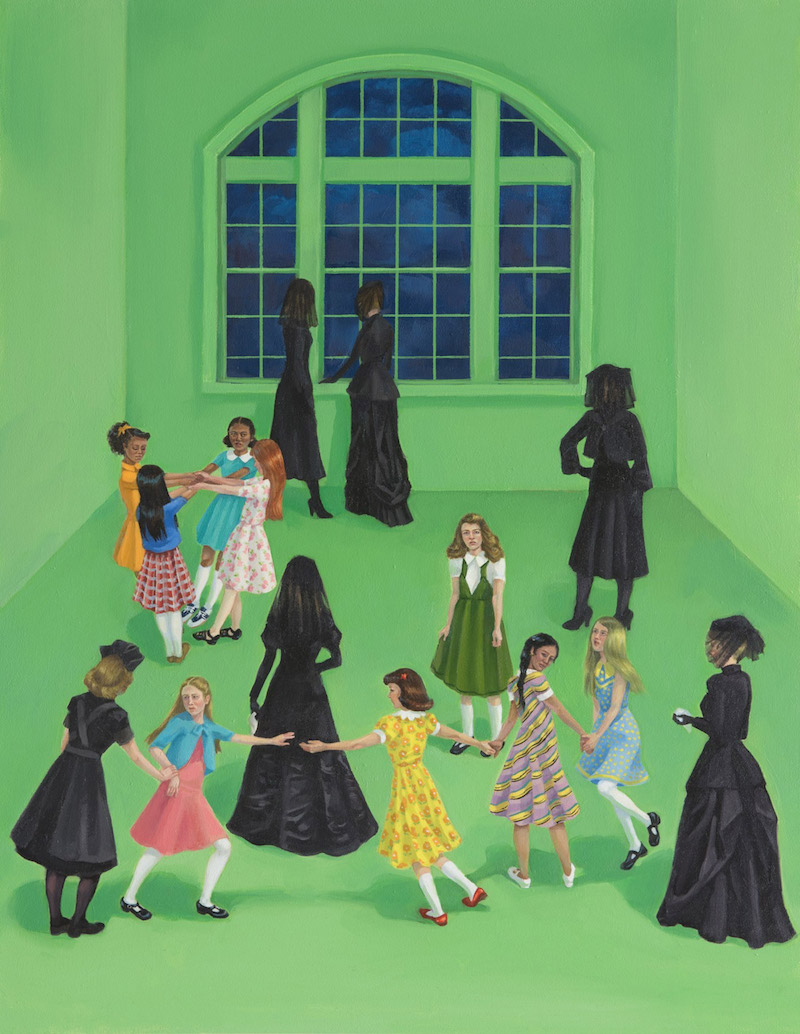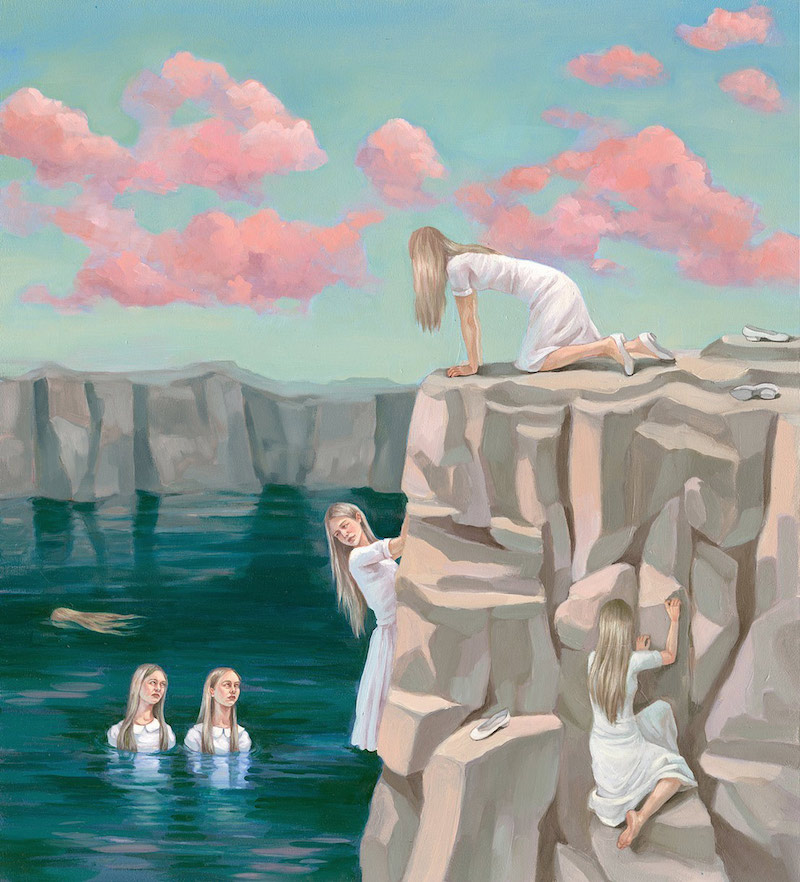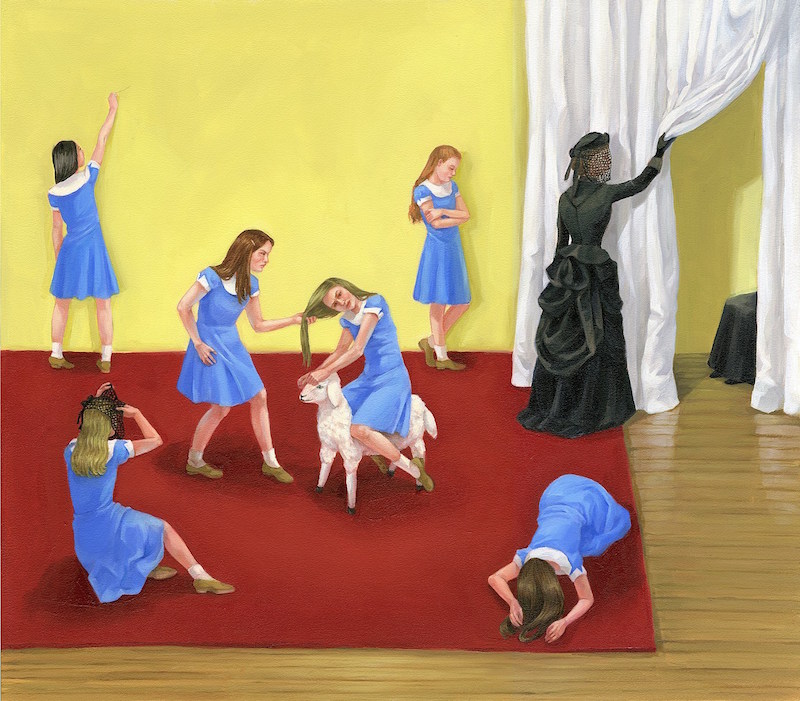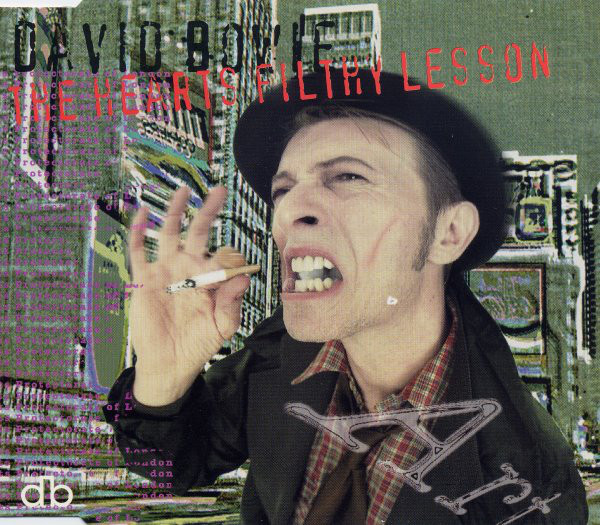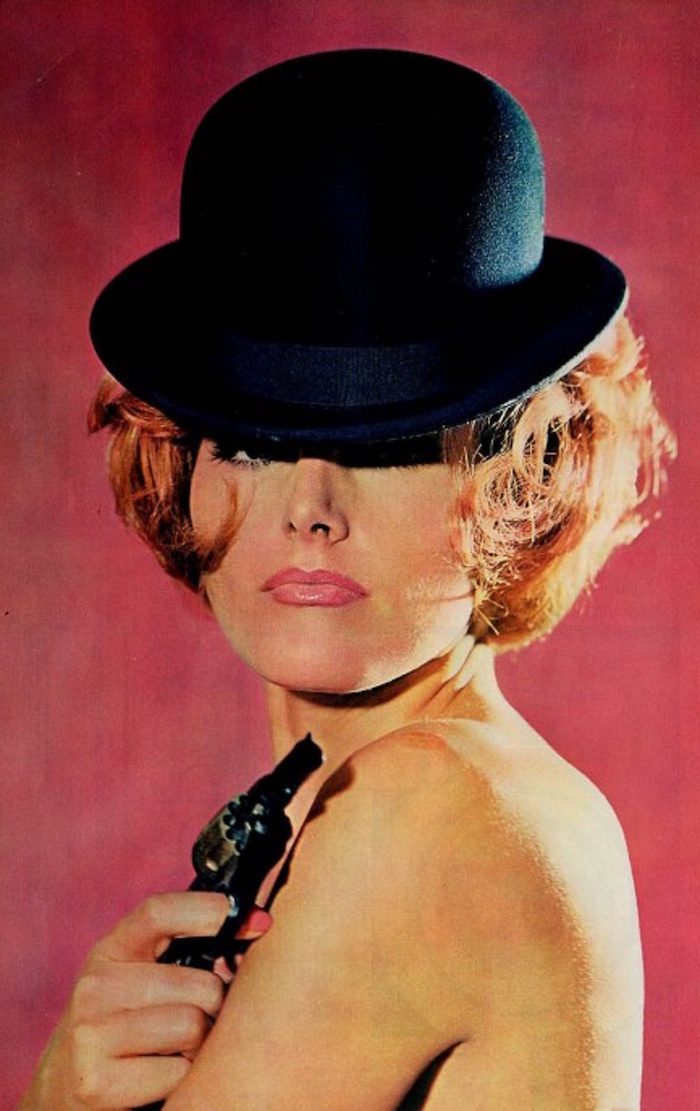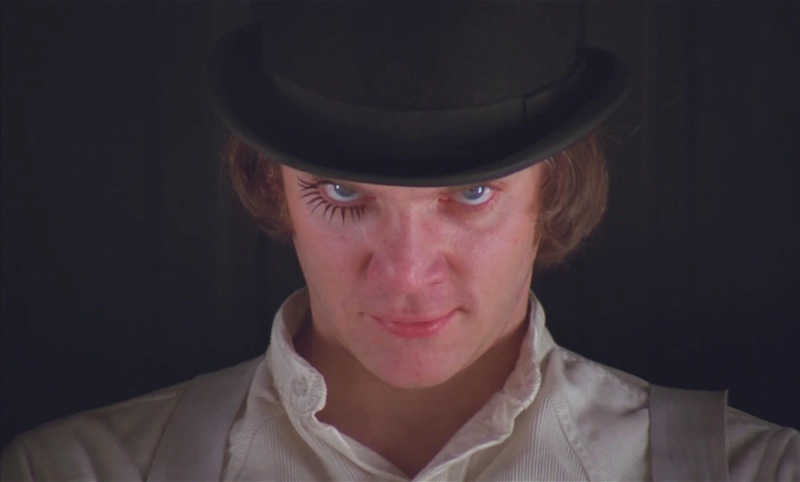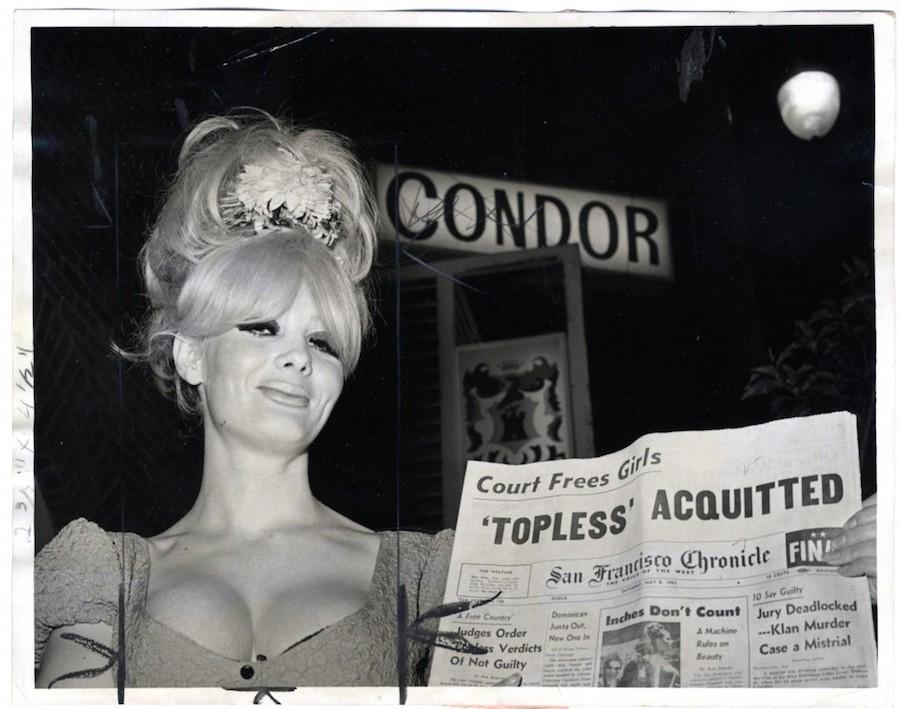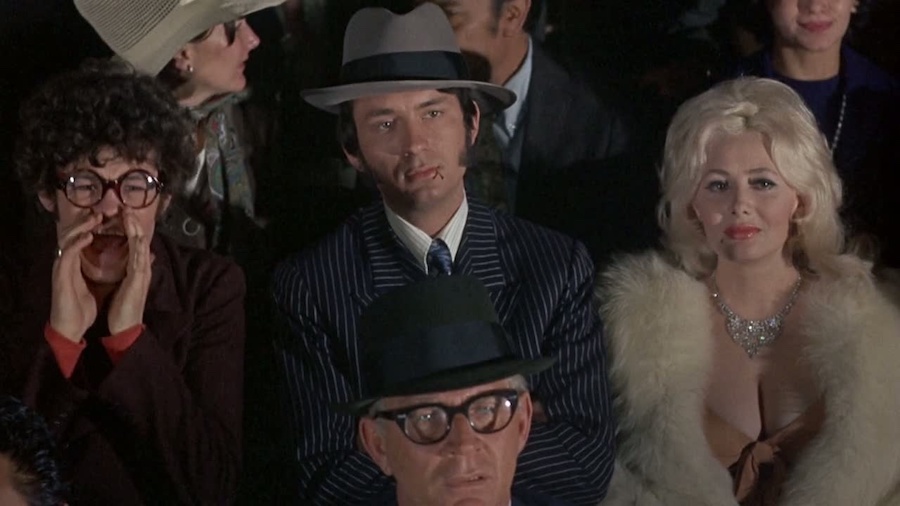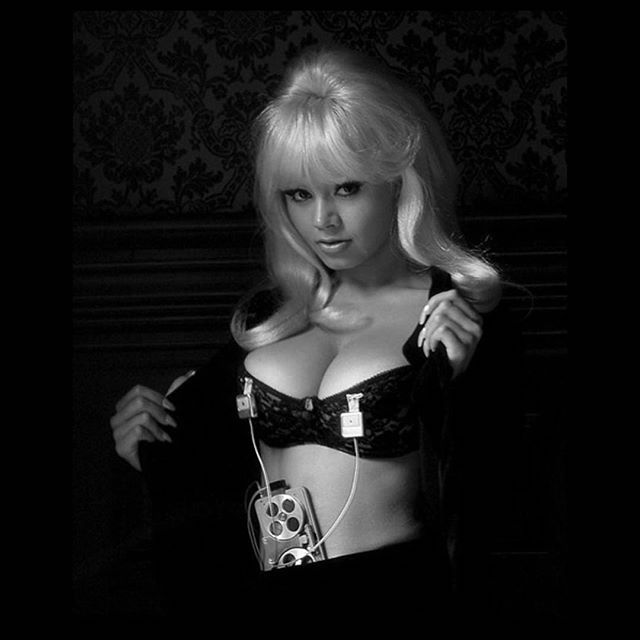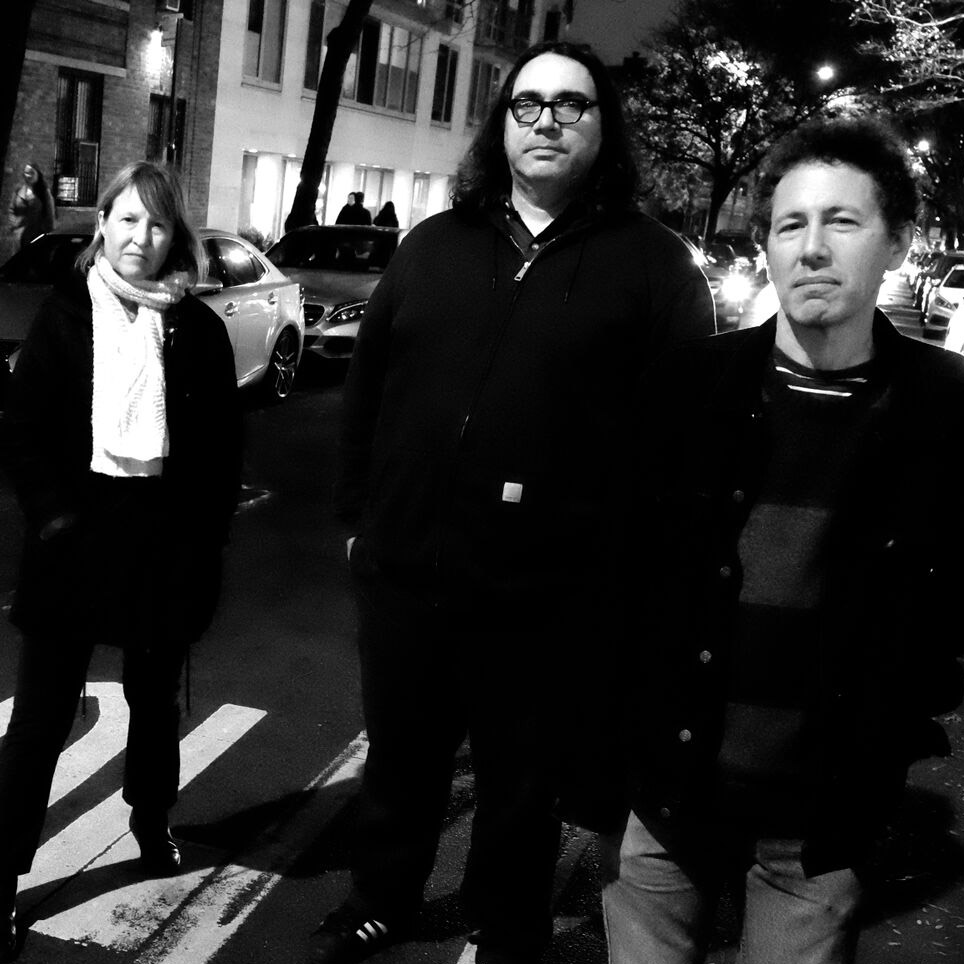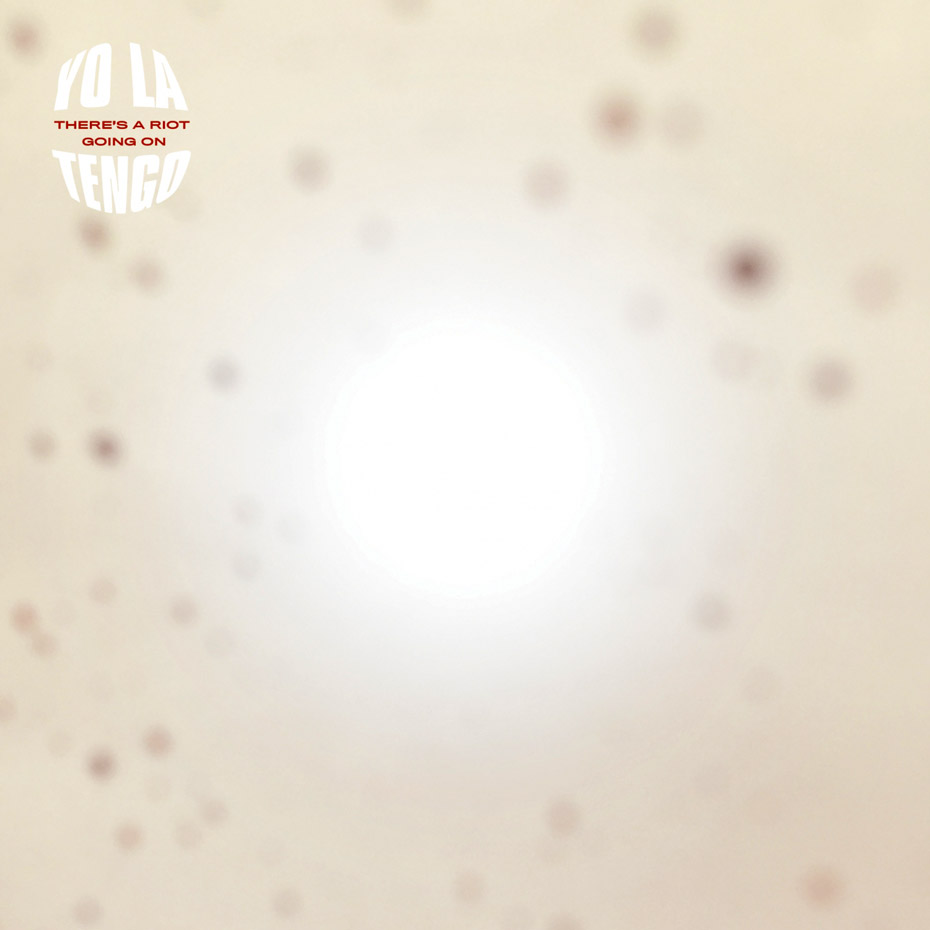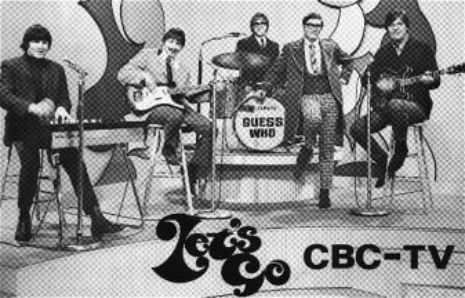
Trigger Warning: if you are coulrophobic (suffer from a paralyzing fear of clowns), this article is probably not for you. Select another wonderful piece written by the great contributors here at Dangerous Minds, as you will not enjoy the information I am about to relay to you. If you have no fear of Ronald McDonald or Bozo and their ilk, you will be quite interested to find that beginning in the mid-2000s, a clown army was established in order to fight for our right to party.
Okay, so maybe they weren’t exactly fighting for our right to party as such, but CIRCA—the Clandestine Insurgent Rebel Clown Army—was most certainly established in order to keep The Man from trying to keep us down in a variety of ways. To quote from their now-defunct-but-Internet-Archived-website, CIRCA’s aims were highly political but filtered through the theatrical. They state:
CIRCA is reclaiming the art of Rebel Clowning, it’s combatants don’t pretend to be clowns, they are clowns, real trained clowns. Clowns that have run away from the anaemic safety of the circus and escaped the banality of kids parties, Fools that have thrown away their sceptres and broken the chains that shackled them to the throne.
CIRCA aims to make clowning dangerous again, to bring it back to the street, restore its disobedience and give it back the social function it once had: its ability to disrupt, critique and heal society. Since the beginning of time tricksters (the mythological origin or all clowns) have embraced life’s paradoxes, creating coherence through confusion - adding disorder to the world in order to expose its lies and speak the truth.
Formed in the UK in 2003 by activists John Jordan, L.M. Bogad, Jen Verson and Matt Trevelyan, CIRCA’s creation was catalyzed by George Bush’s visit to London. The group’s practice of rebel clowning was intended to call into play ideas of the foolish, silly and ridiculous, all of which caught authority figures like policemen and the military completely off-guard (pun intended). Nothing like a massive crowd of clowns demonstrating to make a public official feel trivialized or have their dominance questioned. The CIRCA protests were designed to fulfill the group’s stated principles which, as John Jordan wrote, consisted of the following:
Use absurdity to undermine the aura of authority
Ridicule and absurdity are powerful tools against authority. To be effective, authority has to be perceived as such, otherwise people would never obey its commands. On the other hand, who ever takes a clown seriously? Rebel clowning used this slippery dichotomy to great effect, turning the tables on authority in the street by posing in mock-serious fashion next to lines of cops, as well as at the highest levels of power, by pointing out the clownish behavior of George W. Bush and other authority figures.Get arrested in an intelligent way
Watching police handcuff and bundle clowns into police vans is always entertaining for passersby, begging the question: What did the clowns do wrong? What is this all about? An arrested clown also makes for very mediagenic images. By staying in character during the whole process of an arrest, including giving their clown army names (e.g., Private Joke) and addressees (e.g., the big top in the sky) as their real identity, rebel clowns caused much mirth and havoc in the police stations.Reframe
Rebel clowning helped reframe the media images of protests during the big summit mobilizations of the mid 1990s. A colorful band of disobedient clowns could easily capture the limelight and shift the narrative away from “violent clashes” and smashed windows.
The kind of Bakhtinian splendor that CIRCA produced on the streets of the UK for Dubya didn’t stay there. The numerous “Operations” they conducted are listed here, along with some passionate communiques from clown leaders such as General Anesthetic, General Confusion and Colonel Oftruth. Operations like the Engagement with CRAP (Capitalism Represents Acceptable Policy) which took place in Leicester Square in 2004 or the various Scottish skirmishes, and the time they informed CIRCA members that they would be “giving hugs to the needy, playing games with all our friends, and other similarly militant activities. We request full cooperation from the public for this operation.”
This kind of thing doesn’t just remain in one place of course. What began in the UK spread. There was the Dutch Clown Army, the Belgian Clown Army, the US Clown Brigades and so forth. It went global, and CIRCA members appeared en force at political events like G8 and elsewhere. For some reason, it’s gotten a bit quiet recently. We’ve really been lacking in the clown army department, so hey—members of CIRCA—any division—if you’re reading this—we could really use a clown manifestation right about now. This time it really IS time to send in the clowns.


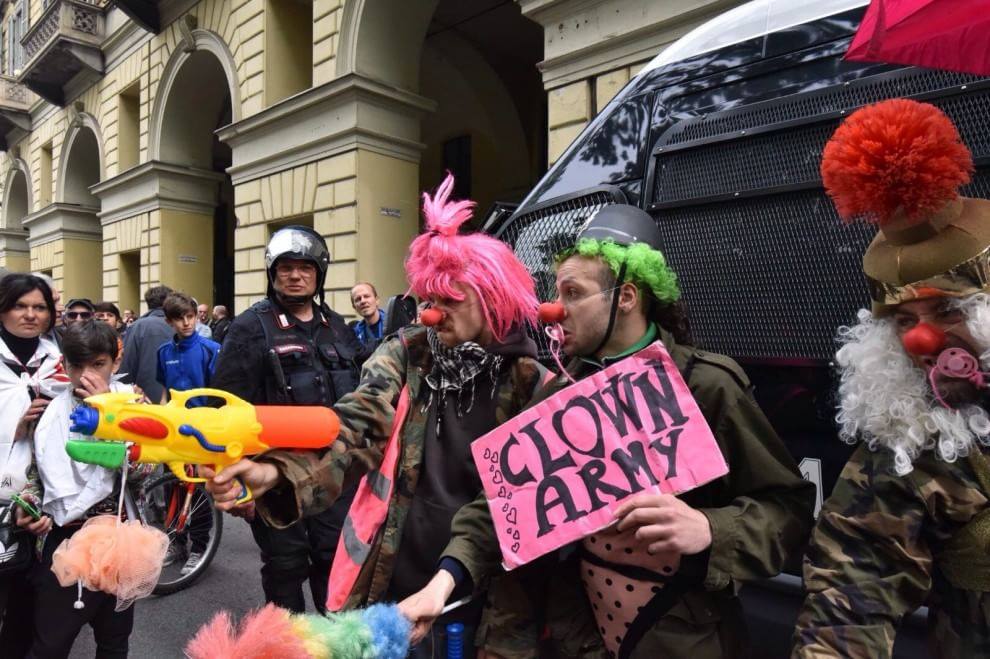
Much more after the jump…






